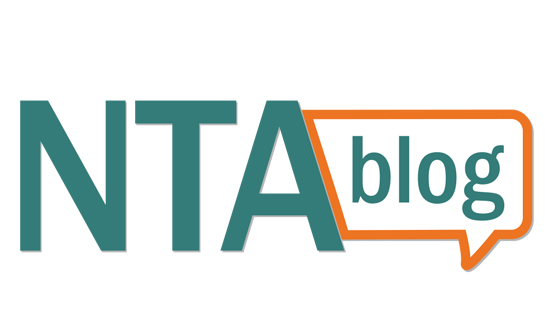Subscribe to the NTA’s Blog and receive updates on the latest blog posts from National Taxpayer Advocate Erin M. Collins. Additional blogs can be found at dev.taxpayeradvocate.irs.gov/blog.


At TAS, we help taxpayers from all walks of life. When it comes to taxpayers with tax debt, some taxpayers have the resources to pay their debt. This blog focusses on the method the IRS uses to determine the amount of basic living expenses it should take into account if a taxpayer needs to pay his or her tax debt over time.
Congress directed the IRS to make sure taxpayers who enter into offers in compromise still have enough money to cover their basic expenses. Specifically, in Internal Revenue Code (IRC) § 7122(d)(2)(A), Congress told the IRS to “develop and publish schedules of national and local allowances designed to provide that taxpayers entering into a compromise have an adequate means to provide for basic living expenses.” The resulting Allowable Living Expense (ALE) standards have come to play a large role in many types of collection cases. For instance, if you want a non-streamlined installment agreement or are claiming an economic hardship, the IRS will want you to give them the information found on IRS Form 433-F, Collection Information Statement. IRS Form 433-F relies on the ALE standards to calculate a taxpayer’s monthly expenses, which in turn affects the resolution of the taxpayer’s case because it reflects how much he or she can afford to pay the IRS. ALEs cover common expenses such as food, clothing, transportation, housing, and utilities.
In its efforts to base the ALEs on reliable and consistent data, the IRS relies heavily on the Bureau of Labor Statistics. In particular, the IRS uses the Consumer Expenditure Survey (CES), which measures what people spend to live. I’ve identified these problems with the current ALE standards:
The IRS claims a lack of data prevents it from updating the ALE standards. But it’s hard to imagine taxpayers today surviving without daycare, a basic home computer, or retirement savings. Furthermore, Congress gave a clear directive. Congress didn’t intend for the IRS to develop a system that was “good enough” based on available information for the average taxpayer. Congress wants all taxpayers protected.
The case of Leago v. Commissioner demonstrates the degree of harm that can result from ALEs that don’t meet the needs of taxpayers. Mr. Leago suffered from a brain tumor that required surgery estimated to cost $100,000. Mr. Leago had no health insurance. In calculating how much Mr. Leago could afford to pay on his tax liability, the IRS refused to allow the cost of Mr. Leago’s operation because it wasn’t an expense he was currently paying. The Tax Court remanded this case back to Appeals twice and there is no further information after the second remand. However, it is clear from the record that the IRS expected Mr. Leago to forego any real possibility of surgery until he paid his IRS debt. A taxpayer with the resources to pay for the surgery would likely see a different outcome.
I’ve offered some alternatives to the IRS. For instance, the IRS could consider an alternative approach to determining household health and welfare, such as the family budget or self-sufficiency standard. My suggestions aren’t perfect; however, they’re a starting point. Until there is improvement, the ALE standards won’t truly capture what it costs for a taxpayer to pay for basic expenses. And any taxpayer who is unable to resolve their tax debt will be vulnerable to IRS collection action otherwise prohibited by Congress.